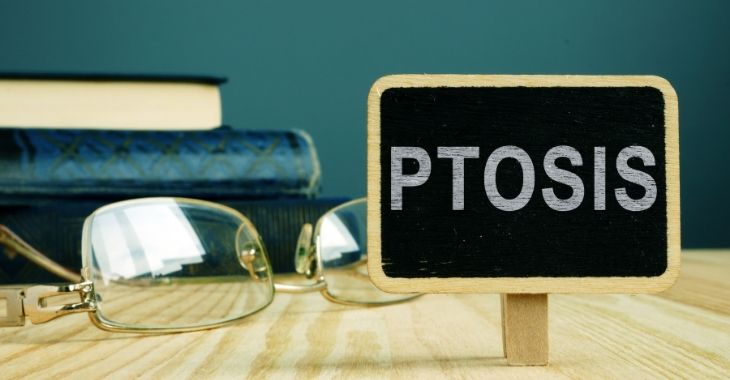What Is the Difference Between Botox and Dysport?
If you have been considering an injectable for diminishing forehead lines or crow’s feet, you have probably already heard of Botox and Dysport injections as viable options. In fact, at first glance they may seem to do the same thing. Both are neurotoxins and work in a similar fashion, reducing the muscle activity in an area. But are they really identical? Here is a quick breakdown on the similarities and differences of using these injectables for wrinkle reduction.
Botox
Botox, the name brand for onabotulinumtoxinA, works best to reduce the appearance of the “11” or brow wrinkles between the eyebrows. It can also be used on forehead lines and crow’s feet, but the brow wrinkle is its best target. Botox works by blocking nerve signals to targeted muscles, paralyzing their movement. Botox injections require no downtime and are a quick procedure, with results apparent in 4-7 day after the injection. Results last between 3-12 months, depending on the area being treated.
Dysport
Dysport is the brand name for abobotulinumtoxinA, which is primarily used for reducing forehead frown lines and crow’s feet. Dysport works by reducing the release of a chemical that causes muscle contractions. The injection takes less time to take effect than Botox, with results noticeable with 2-5 days, but can last for less time, usually 3-6 months.
Both can be used to treat similar issues caused by aging and are used to treat other issues such as excessive underarm sweating. The best way to determine which is best for your needs is to meet with an experienced facial plastic surgeon that offers both types of injections and can recommend which one will work best for correcting your problem areas.
Posted on behalf of:
Hunter Moyer, MD
1400 Northside Forsyth Dr. #390
Cumming, GA 30041
(404) 250-3393
The information provided on this website, including text, graphics, images, and other materials, is intended solely for informational purposes and should not be used as a substitute for professional medical advice, diagnosis, or treatment.


)